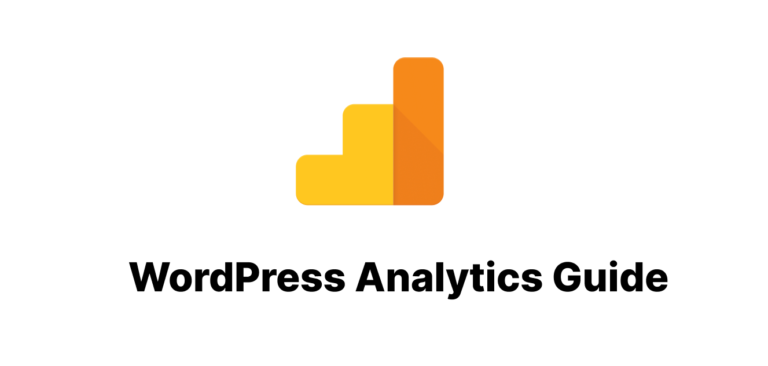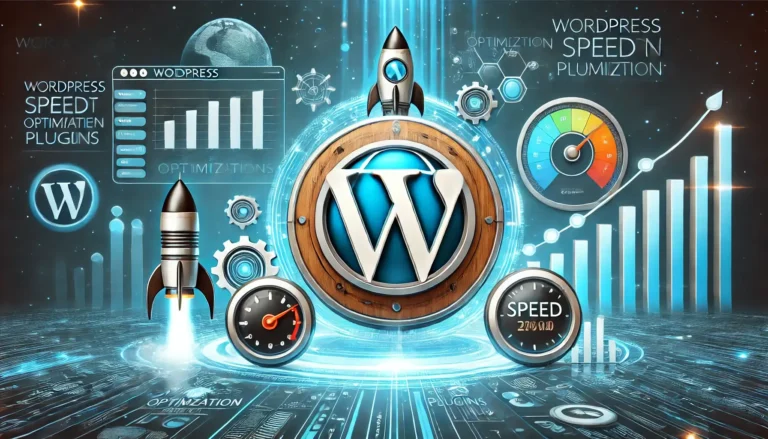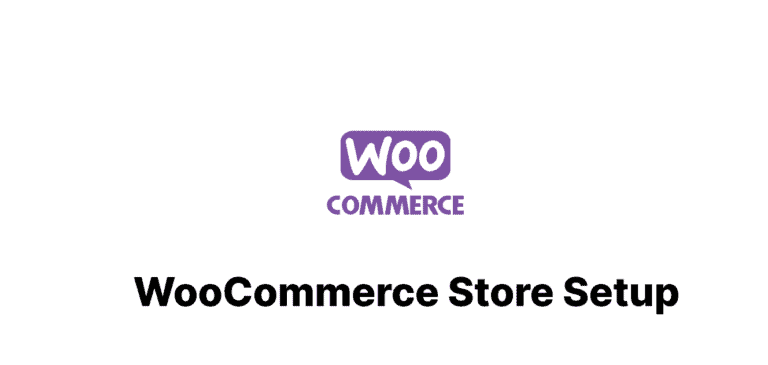A comprehensive guide to determining when to use plugins and when to optimize manually for WordPress SEO success
The SEO Dilemma: Finding the Right WordPress SEO Balance
When optimizing a WordPress website for search engines, website owners often face a critical decision: finding the right WordPress SEO balance between plugins and manual techniques. Both approaches have distinct advantages and limitations that can significantly impact your site’s performance. This guide explores how to achieve the optimal WordPress SEO balance that combines the efficiency of plugins with the precision of manual optimization.
For websites seeking long-term search visibility, understanding when to leverage automation and when to apply hands-on optimization is essential. According to a recent study by Backlinko, websites using a balanced approach to SEO saw 37% better ranking improvements than those relying exclusively on plugins or manual methods.
Need more WordPress optimization resources? Check out our Complete WordPress Performance Guide and Beginner’s SEO Checklist.
Understanding WordPress SEO Plugins in Your SEO Balance Strategy
WordPress SEO plugins provide automated tools that simplify complex optimization tasks. Before determining their place in your WordPress SEO balance strategy, it’s important to understand what they offer.
Advantages of WordPress SEO Plugins
SEO plugins offer several compelling benefits:
- Time efficiency: Automate repetitive tasks like meta tag generation and XML sitemap creation
- User-friendly interface: Make technical SEO accessible to non-technical users
- Comprehensive coverage: Provide built-in checklists to ensure no critical elements are missed
- Consistent implementation: Apply standardized optimization across your entire site
- Regular updates: Adapt to search engine algorithm changes automatically
Popular options like Yoast SEO, Rank Math, and All in One SEO Pack have established themselves as reliable tools in the WordPress ecosystem. These plugins can handle numerous technical optimizations that would otherwise require coding knowledge.
Limitations of Relying Solely on Plugins
However, plugins aren’t perfect solutions:
- Cookie-cutter approach: Apply generic recommendations that may not fit your specific niche
- Performance impact: Can add code bloat and slow down page loading
- Limited customization: Restrict advanced optimization for unique situations
- False sense of security: Create the illusion of complete optimization
- Dependency risk: Potential for compatibility issues with theme or core updates
A study by WP Engine found that sites with excessive plugins experienced up to 30% slower loading times, directly impacting both user experience and search rankings.
The Value of Manual Optimization in WordPress SEO Balance
Manual SEO involves direct implementation of optimization techniques without relying on plugin automation. This approach offers distinct advantages in your WordPress SEO balance strategy.
Benefits of Manual SEO Implementation
Manual optimization provides several key benefits:
- Precision control: Implement exact optimizations tailored to specific pages
- Performance efficiency: Minimize code bloat by adding only necessary elements
- Deep customization: Create specialized solutions for unique situations
- Learning opportunity: Develop a thorough understanding of SEO principles
- Competitive edge: Implement advanced techniques that plugins don’t offer
Experienced SEO professionals often prefer manual approaches for critical optimizations. For instance, hand-crafted schema markup can be more precisely targeted than plugin-generated versions.
Challenges of Manual SEO
However, manual optimization comes with significant challenges:
- Technical expertise: Requires coding knowledge and SEO understanding
- Time investment: Demands more hours for implementation and maintenance
- Human error: Increases risk of mistakes or oversights
- Consistency issues: Difficult to maintain standardization across large sites
- Update management: Necessitates continuous education about SEO changes
Creating Your Balanced WordPress SEO Strategy
Rather than choosing one approach exclusively, most successful websites implement a balanced strategy. Here’s how to determine which elements to automate and which to handle manually to achieve the ideal WordPress SEO balance.
If you’re just getting started with WordPress SEO, our WordPress SEO Fundamentals Guide provides essential background knowledge. For more advanced techniques, visit our Advanced WordPress Optimization Tactics.
When to Use WordPress SEO Plugins
Plugins are ideal for:
1. Technical Foundation Elements
- XML sitemap generation: Automatically creating and updating sitemaps
- Robots.txt management: Controlling search engine access
- Canonical tag implementation: Preventing duplicate content issues
- Basic schema markup: Adding standard structured data
2. On-Page SEO Guidance
- Content analysis: Getting feedback on readability and keyword usage
- Meta tag templates: Creating consistent title and description formats
- Internal linking suggestions: Identifying connection opportunities
- Readability checks: Ensuring content meets basic standards
3. Bulk Optimizations
- Global settings: Implementing site-wide SEO parameters
- Redirect management: Handling 301 and 302 redirects
- Mass metadata edits: Making changes across multiple pages
- Automated monitoring: Tracking basic SEO metrics
When to Implement Manual SEO Optimization
Manual approaches work best for:
1. Strategic Content Optimization
- Keyword research and mapping: Developing targeted keyword strategies
- Competitor analysis: Identifying gaps and opportunities
- Content structure planning: Creating SEO-friendly content architecture
- User intent alignment: Crafting content that matches search intent
2. Technical Customizations
- Advanced schema implementation: Creating custom structured data
- Server-level optimizations: Improving core web vitals
- Custom code integrations: Adding specialized tracking or features
- Performance tuning: Optimizing for speed and responsiveness
3. Link Building and Off-Page SEO
- Outreach campaigns: Developing relationships for backlinks
- Content promotion: Strategically sharing content for visibility
- Partnership development: Creating collaborative opportunities
- Brand mention monitoring: Identifying and leveraging mentions
Implementation Guide: Creating Your Balanced Approach
Follow these steps to develop a balanced WordPress SEO strategy:
1. Audit Your Current Setup
Start by understanding your current position:
- Evaluate your website’s technical foundation
- Identify your most important pages and content
- Assess your team’s technical capabilities
- Document your current SEO performance
Use tools like Google Search Console and Screaming Frog to gather comprehensive data about your site’s current SEO status.
2. Select the Right Plugin Foundation for WordPress SEO Balance
Choose a primary SEO plugin that aligns with your needs:
- For beginners: Consider user-friendly options like Yoast SEO
- For performance focus: Evaluate lightweight alternatives like The SEO Framework
- For advanced features: Explore comprehensive tools like Rank Math
- For specific needs: Look for specialized plugins for e-commerce or local SEO
Remember that one well-configured plugin often outperforms multiple overlapping solutions.
3. Configure Plugin Settings Thoughtfully
Don’t simply accept default configurations:
- Review and customize global settings
- Set up templates that match your branding and style
- Disable unnecessary features to improve performance
- Integrate with analytics and search console accounts
4. Develop Your Manual Optimization Workflow
Create processes for aspects that require human attention:
- Establish a content creation and optimization procedure
- Implement regular technical SEO audits
- Develop a schedule for performance optimization
- Create systems for tracking and improving results
5. Monitor and Refine Your Balance
Regularly assess and adjust your approach:
- Track key performance indicators
- Identify areas where automation is insufficient
- Note where manual processes could be streamlined
- Stay informed about SEO trends and algorithm updates
Case Studies: Successful Balance in Action
Case Study 1: E-commerce Site Transformation
A mid-sized e-commerce store struggled with declining organic traffic despite using a premium SEO plugin. After analysis, they implemented a balanced approach:
- Plugin-based: Retained automated sitemap generation, basic schema, and canonical tags
- Manual optimization: Implemented custom product schema, created category-specific content strategies, and developed a site speed optimization plan
Results: 43% increase in organic traffic and 27% improvement in conversion rate over six months.
Case Study 2: Content Publisher’s Approach
A news and information website with thousands of articles found that plugin-based optimization created generic results. Their balanced strategy included:
- Plugin-based: Used automated meta tag generation, basic content analysis, and technical SEO foundation
- Manual approach: Implemented topic cluster strategies, custom news schema, and specialized internal linking structure
Results: 62% increase in organic traffic over 12 months and 89% growth in featured snippet appearances.
Common Pitfalls and How to Avoid Them
When implementing a balanced WordPress SEO approach, watch for these common issues:
Over-reliance on Plugin Recommendations
Problem: Following all plugin suggestions without strategic evaluation. Solution: Treat plugin recommendations as starting points rather than absolute rules.
Plugin Overload
Problem: Installing multiple SEO plugins with overlapping functionality. Solution: Choose one primary SEO plugin and supplement with specialized tools only when necessary.
Neglecting Technical Foundations
Problem: Focusing on content optimization while ignoring technical issues. Solution: Establish solid technical SEO foundations before investing heavily in content.
Forgetting the User Experience
Problem: Optimizing for search engines at the expense of user experience. Solution: Prioritize user experience and ensure SEO enhancements support rather than detract from it.
Finding Your Perfect WordPress SEO Balance
The optimal balance between plugins and manual optimization varies based on several factors. Understanding these will help you achieve the right WordPress SEO balance for your specific situation.
Website Size and Complexity
- Small sites: May benefit from heavier plugin reliance with strategic manual optimization
- Large sites: Often require more sophisticated manual strategies with plugin support
Available Resources
- Limited budget/expertise: Focus on maximal plugin utilization with gradual manual implementation
- Dedicated SEO team: Can implement more extensive manual optimizations
Competitive Landscape
- Highly competitive niches: Typically require more manual optimization to gain an edge
- Less competitive spaces: May achieve success with primarily plugin-based approaches
Conclusion: Crafting Your WordPress SEO Balance Success Story
Finding the right WordPress SEO balance between plugins and manual optimization isn’t about choosing one over the other—it’s about leveraging the strengths of each approach. Plugins provide an excellent foundation and handle routine tasks efficiently, while manual optimization allows for the customization and strategic implementation that truly differentiate your site.
Begin by establishing solid technical foundations with a well-configured plugin, then gradually implement manual optimizations for your most critical pages and content. Regularly review your WordPress SEO balance strategy and adjust as your site grows and your SEO expertise develops.
For more guidance on creating an effective WordPress SEO strategy, visit our WordPress SEO Strategy Blueprint and Technical SEO for WordPress Guide.
Remember that SEO is a continuous process rather than a one-time task. The most successful WordPress sites achieve the perfect WordPress SEO balance by combining the efficiency of plugins with the precision of manual optimization to create sustainable search visibility.
What’s your experience with finding the right WordPress SEO balance? Share your thoughts in the comments




